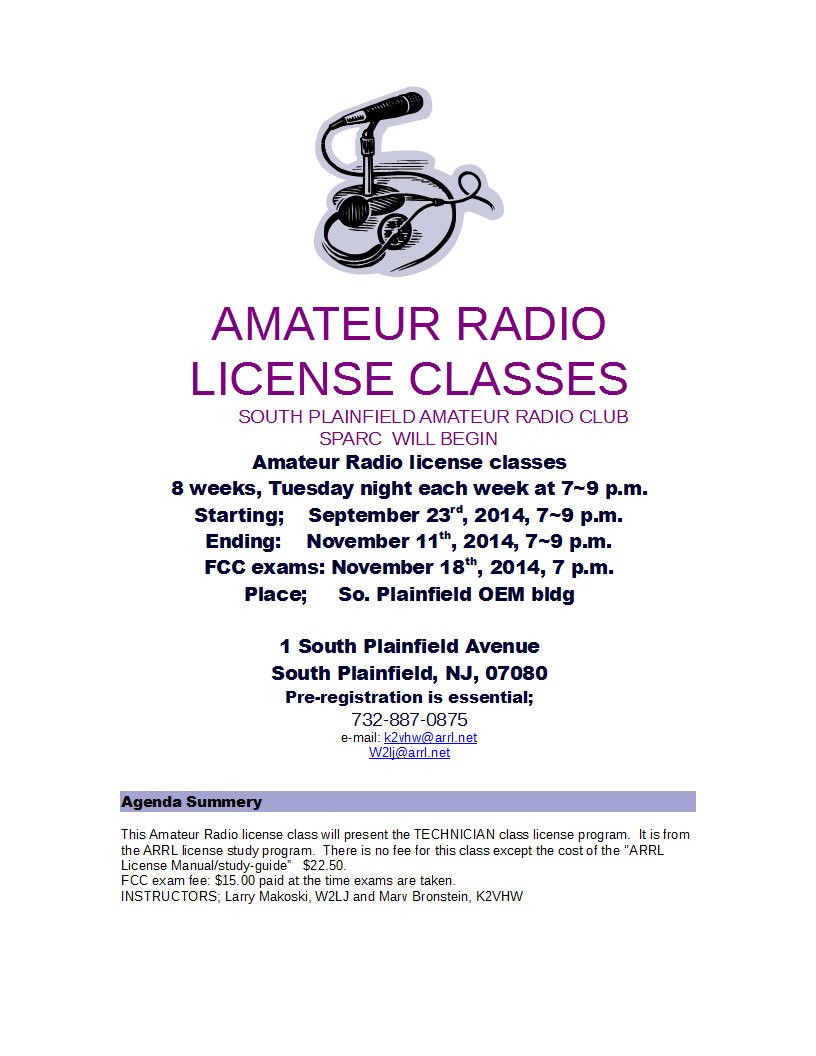 Excited
Excited
Larry Makoski, W2LJ, is a regular contributor to AmateurRadio.com and writes from New Jersey, USA. Contact him at w2lj@arrl.net.
 Cycle 24 Battles On
Cycle 24 Battles On
 |
| Courtesy: http://www.nasa.gov |
 |
| Courtesy: http://www.nasa.gov |
Video of the event shows what looks like a near full-on earth-directed hit but for a northerly component. Only time will tell.
Sky watchers as well as VHFers should be alert for possibly major auroral displays on Friday or Saturday.
Steve McDonald, VE7SL, is a regular contributor to AmateurRadio.com and writes from British Columbia, Canada. Contact him at ve7sl@shaw.ca.
 A New 630m Loading Coil & Variometer
A New 630m Loading Coil & Variometer
I've decided, for the time being, to keep my 2200m (136kHz) antenna tuning system separate from the 630m system. This means that I'll need to build a new loading coil, variometer and impedance matching transformer. I'm not really sure why I should maintain the 2200m capability since there is not really much activity here. The only two excuses that I have at present are the fact that it took a heck of a lot of work to get to this point (but it was mostly "fun work") and that the U.S. may be getting the band soon. I'm also not convinced that even if the U.S. does get the band that it would translate into much new activity....so, for the time being, I will keep the system intact.
I've used an online coil calculator to design the coils needed for loading and for the variometer....it will be interesting to see how close the finished values compare with the calculated values. I hope they're not too far off! Here is what the plan calls for:
The main loading coil will be built on a low-loss 6" styrene pipe coupler using #16 solid copper transformer wire, spaced at 3mm. The coil will be elevated above the main form by strips of styrene rod that I have filed small notches into, every 3mm. The rod height will be staggered around the form, gradually stepping down one full turn every 360 degrees. Inside the main coil, the smaller variometer coil will be wound with poly-covered #18 stranded wire on a short length 3 1/2" PVC pipe.
Hopefully I'll get something that tunes from 130-230uH, approximately....if so, I'll not only be happy, but really surprised!
Steve McDonald, VE7SL, is a regular contributor to AmateurRadio.com and writes from British Columbia, Canada. Contact him at ve7sl@shaw.ca.
 9/11 – Never forget.
9/11 – Never forget.
Larry Makoski, W2LJ, is a regular contributor to AmateurRadio.com and writes from New Jersey, USA. Contact him at w2lj@arrl.net.
 MFJ 1788 and humid weather
MFJ 1788 and humid weather
| Large plate capacitor |
Mike Weir, VE9KK, is a regular contributor to AmateurRadio.com and writes from New Brunswick, Canada. Contact him at ve9kk@hotmail.com.
 FEMA Director Craig Fugate, KK4INZ to Emergency Managers: “What’s your backup?”
FEMA Director Craig Fugate, KK4INZ to Emergency Managers: “What’s your backup?”
http://www.youtube.com/watch?v=pLOJXvkBbkg
FEMA Director Craig Fugate, KK4INZ, debunks the argument that Amateur Radio is no longer relevant in our hyper-connected smartphone, tablet, satellite phone, networked radio system world:
“If you really want to short-circuit your local or state emergency manager who says that Amateur Radio isn’t really viable anymore… ask them this,” said Fugate. “Can you communicate across your jurisdiction or across your state without touching the public switched network?”
Matt Thomas, W1MST, is the managing editor of AmateurRadio.com. Contact him at editor@amateurradio.com.
 Echolink Node?
Echolink Node?
Over here in G (or M or 2) land echolink nodes need to have permissions from the grown ups. So I’ve sought permission from Ofcom, with the help of the RSGB. I applied for an MB7 node, which means it is can be unattended. In order to do this I needed a minimum of 4 people who are key holders so the node can be shut down quickly. Sounds reasonable? Sounds a bit British to me. Belt and braces and some more belts just for luck.
The node will hopefully be on 2m and I have been told that if it gets granted then I could expect around 2w ERP. I don’t want to sound selfish but I have only heard 2m simplex used in this area for the local net and once in a blue moon Dent gets activated by a SOTA or WOTA chap(ess). VHF in general is scarcely used and its a shame. UKAC evenings and the normally quiet repeaters with their occasional skeds excepting mean that both 2m and 70cms are dead.
What can be done about it?
Making it appealing to use, perhaps? A bit of activity always helps.
Internet link may give some users an opportunity not only with existing amateurs but could make it appealing to those on the periphery of the hobby. Makers for example.
Anyway, let the waiting begin and we’ll see where we get to with Ofcom
Alex Hill, G7KSE, is a regular contributor to AmateurRadio.com and writes from Cumbria, UK. Contact him at g7kse@yahoo.co.uk.



















